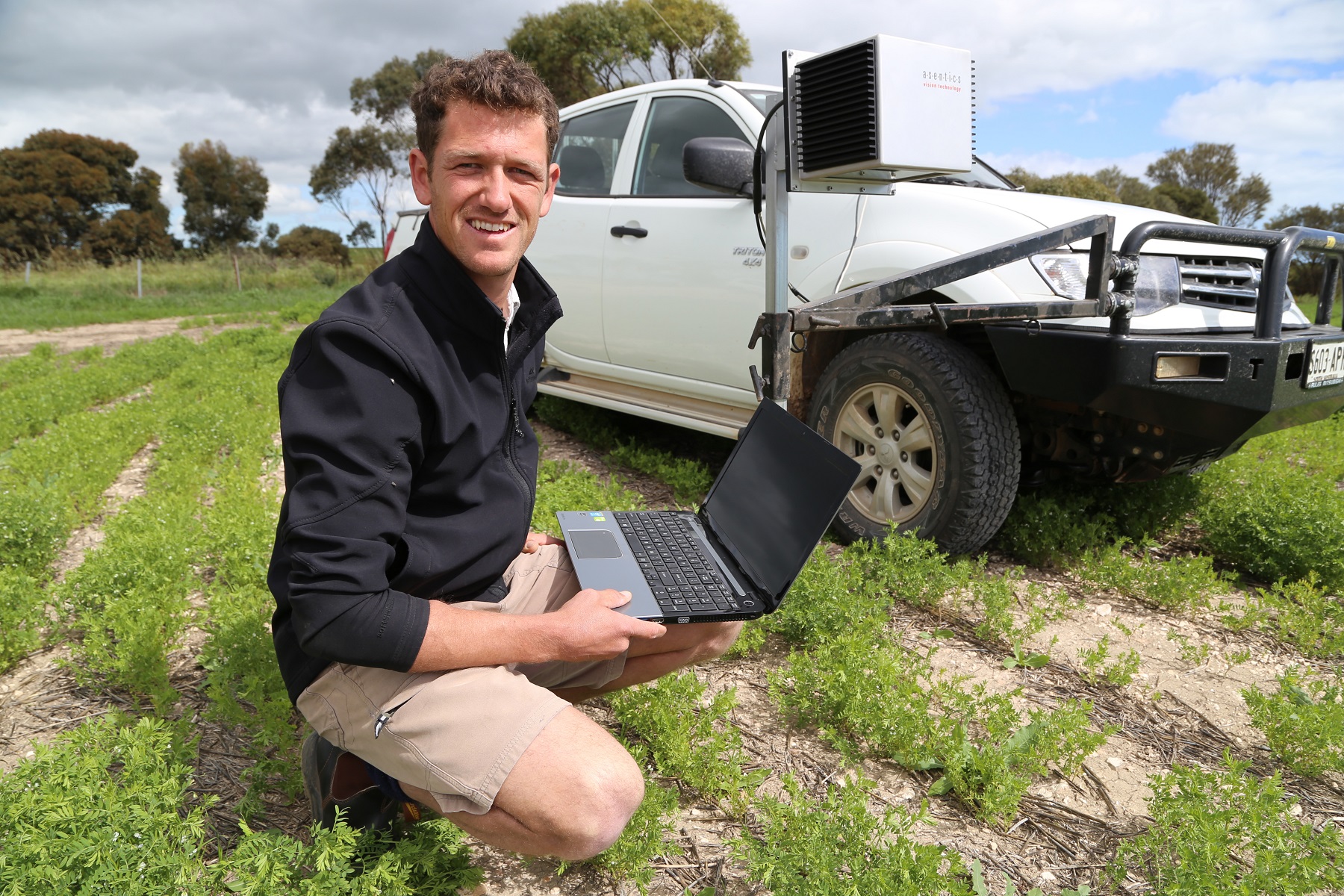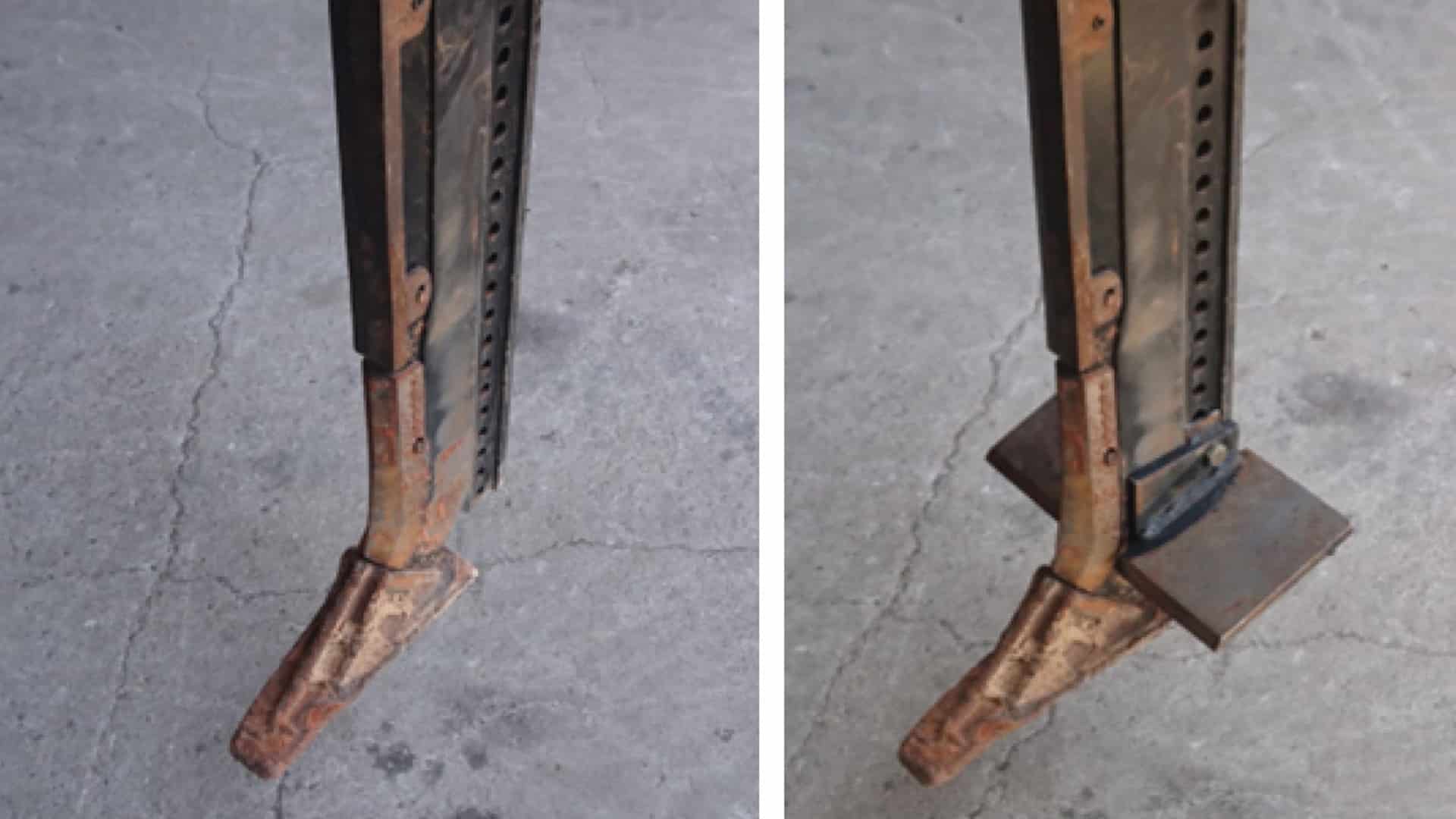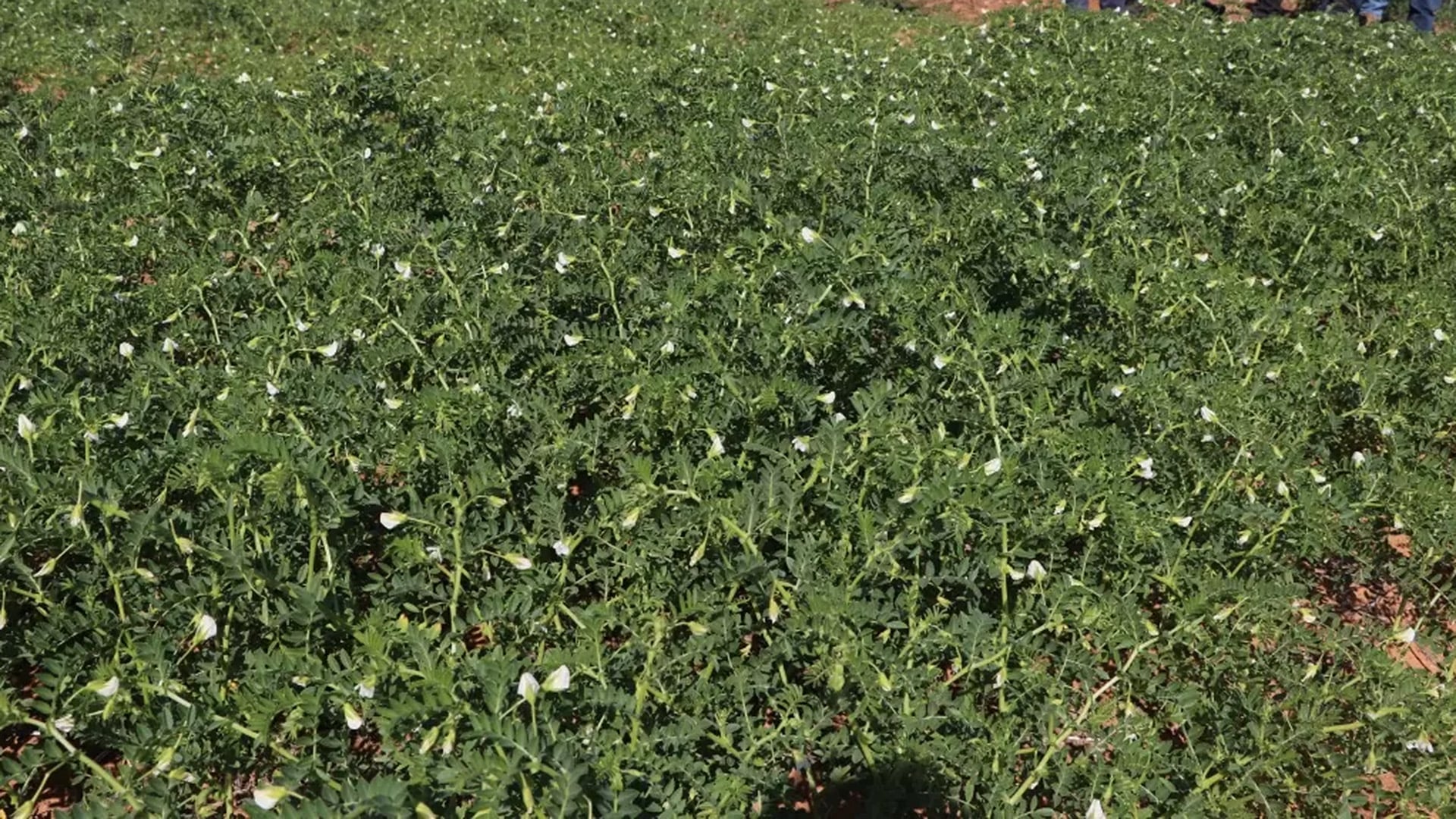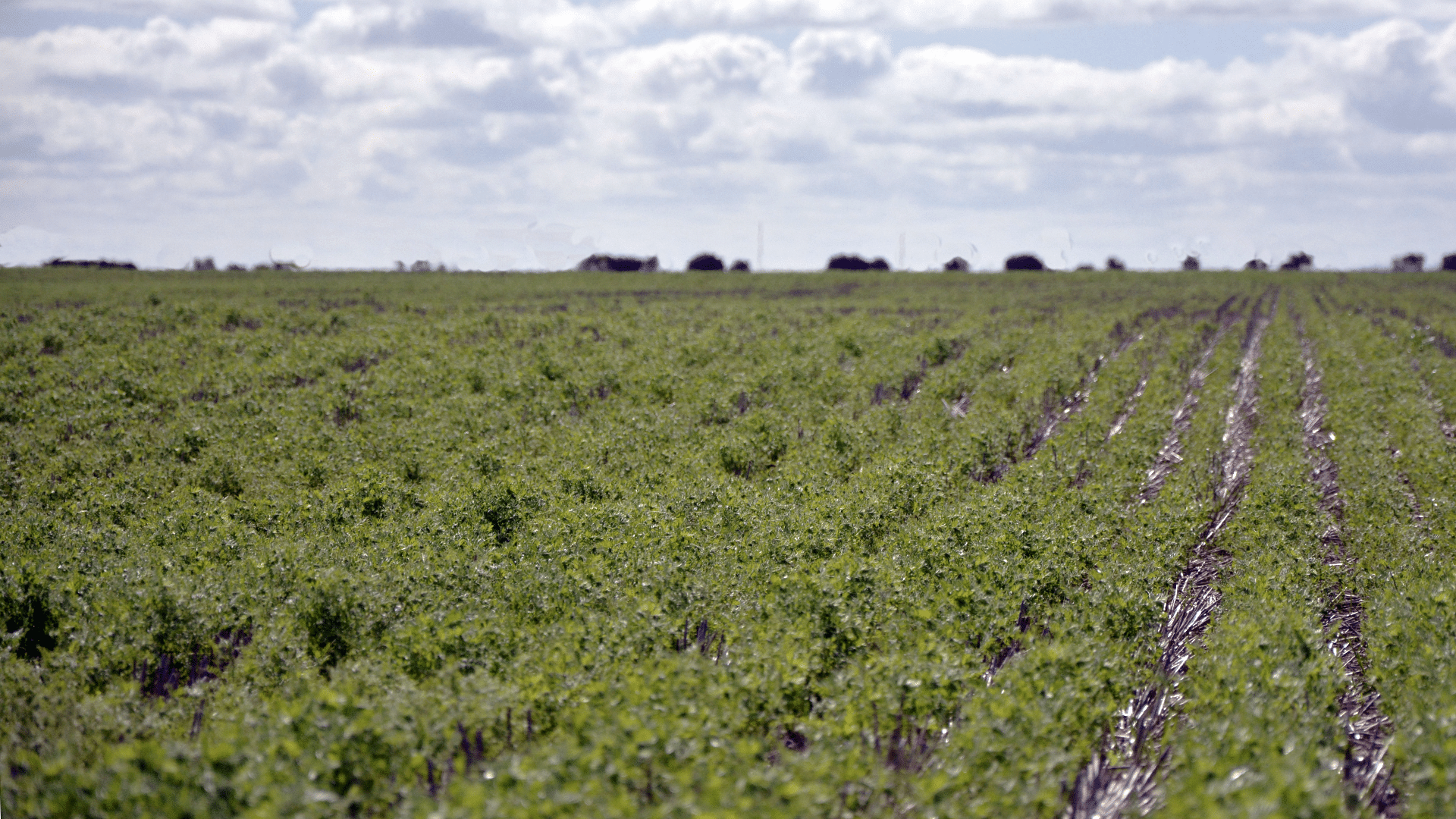START
FINISH

Summary
This project scoped the H Sensor’s ability to accurately identify weeds in different scenarios to scope its commercial viability.
It was found the H sensor has the ability to identify grass weeds in broad leaf crops, particularly ryegrass. It also identified broadleaf weeds in pre-tillering cereal crops, particularly rosette forming weeds.
It was found performance is highly sensitive to the crop and weed scenario and there were several test scenarios where the system provided no value in weed patch identification.
Background
The H sensor is an in-crop weed identification system which is being developed by Germany company Agricon.
The sensor is designed to detect green weeds in a green crop and is capable of mapping weed density and controlling on/off or variable rate spray applications, in real time or pre-mapped.
It is thought the technology would allow growers to adopt site specific weed management strategies, resulting in more efficient use of herbicides and savings as a result.
Research Aims
The core objectives of the project were to:
• Provide growers with the tools needed to adopt site specific weed management strategies.
• More efficient use of herbicides, reduced usage of herbicides due to the adoption of site specific weed management strategies.
• Environmental and social benefits stemming from a reduced herbicide load in cropping systems.
• Scope the H sensor’s ability to accurately identify weeds in various scenarios to assess its commercial viability under Australian cropping conditions.
In The Field
The H Sensor was trialled in ten paddocks in 2014 to assess its weed detection accuracy. In 2015, images were taken in 19 paddocks, with some paddocks scanned multiple time to get images at different crop and weed growth stages.
Images were also taken under different weather conditions. Plant counts were conducted in some paddocks in order to make an analysis between the physical count, a count from the sensor’s images and the sensor output.In 2016 crop plants were grown and images were captured on four separate occasions to determine when crop growth stage becomes a limiting factor for sensing.
The images were also used to determine the effects of light intensity and shadows on the ability of the sensor to classify plants.
The project was affected by sensor malfunctions in mid-2016 and 2017, with no image capture possible in 2017.
Results
The commercial viability of the H Sensor was difficult to demonstrate. The H sensor was able to accurately classify ryegrass in several broadleaf crops, with other grass weeds such as brome grass also correctly identified as grasses in these crops.
Broadleaf weeds were accurately classified in cereal crops but it proved more difficult due to the overlapping nature of the cereal crops at the time the broadleaf weeds emerged.
Classification accuracy was low for grass weeds in cereal crops and broadleaf weeds in broadleaf crops.
The sensor was shown to rarely be capable of giving 100 per cent classification and if using this system, weed misses and over spraying would need to be applied for effective weed control.
The number of situations where the H Sensor could be deployed accurately was limited and due to limitations on crop and weed size, and lead occlusion, the period for generating accurate weed maps is restricted to a short window, which means a logistical issue for the end user.
Project Participants
SPAA: Nicole Dimos
Trengove Consulting: Sam Trengove, Stuart Sherriff
Agricon: Hermann Leithold, Steffen Muller
Adelaide University Weed Science Research Group: James Venning, Bill Trengove, Kenton Angel, Scott Weckert, Rod Sherriff, Neville Adams, Matt Dare
Hart Field Site Group
The Problem
Providing growers with tools to adopt site specific weed management strategies.
The research
The H Sensor’s ability to accurately identify weeds was assessed in a variety of crop and weed scenarios encountered in South Australia.
More information
Society of Precision Agriculture Australia
E: [email protected]
Value for Growers
The concept of crop weed identification and results to date were presented at a number of industry events including three GRDC adviser updates in 2015, two GRDC grower updates in 2015, the 2015 Minnipa EPARF conference, two Australasian Precision Agriculture Symposiums, the 2015 BCG field day, the 2016 Peracto conference, three SPAA expos and workshops, and a WA wheatbelt NRM event.
An article on the H Sensor and this project was printed in SPAA’s magazine and meetings have been held with other Australian groups working on in-crop weed ID to share ideas and results.
There have also been several linkages made with international organisations to share results.



